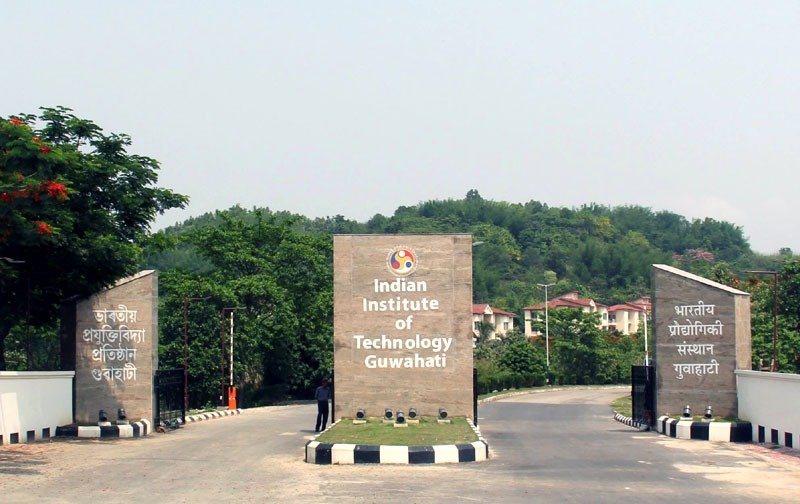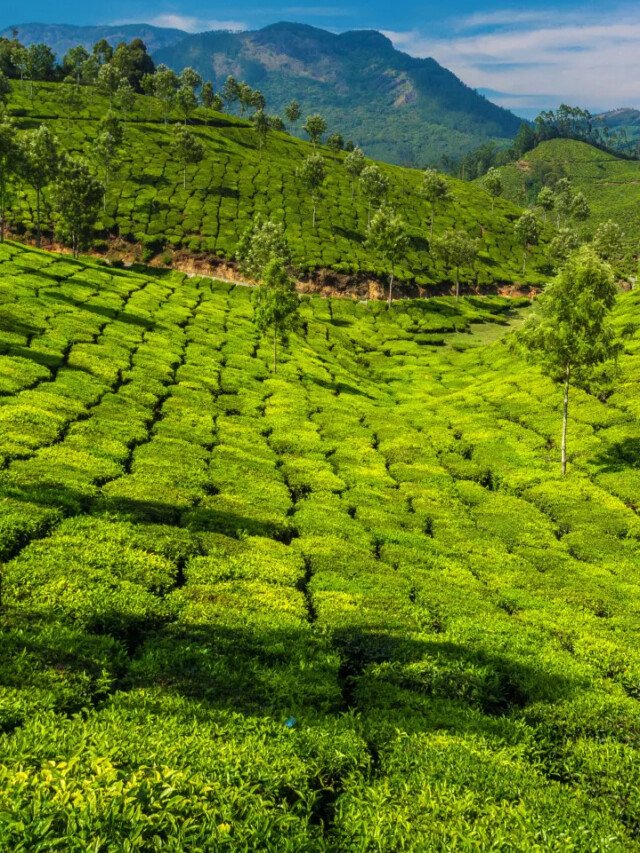Guwahati, Sept 26: Researchers at the Indian Institute of Technology (IIT)-Guwahati on Tuesday said they have developed a fabric that can separate oil from water, which will help in tackling marine pollution caused by oil spills.
The silica nanoparticles-coated cotton fabric has been developed using rice husk, an agricultural waste, as the primary source material, said Vaibhav Goud, a professor in the IIT-Guwahati’s department of chemical engineering.
The aim is to convert an agricultural waste into a sustainable value-added product to mitigate marine oil pollution, he said.
Oil spills due to industrial discharge or mishap cause irreversible damage to the aquatic ecosystems. Conventional cleaning techniques such as skimming or in-situ burning are ineffective, costly and cause additional pollution, said Goud, who authored a paper on the research along with Sutapa Das.
“Our technology has multiple beneficial effects on the environment. Rice husk is an agricultural byproduct, rich in silica that is generated in millions of tons every year. It is usually burnt unscientifically, causing air pollution, but with our technique, this waste rice husk is converted into 3D sorbents that mitigate oil contamination by following a selective active-filtration process,” Goud said.
In this process, rice husk is gradually heated and converted into charcoal, also known as bio-char. Subsequently, this bio-char is subjected to further heating to transform it into silica nanoparticles.
Finally, these treated nanoparticles are coated over a cotton material, creating a natural three-dimensional sorbent for separating oil-water mixture, the professor said.
“Our experiments have demonstrated that the coated cotton fabric absorbed oil, while the uncoated sample adsorbed both oil and water. The developed superhydrophobic material has shown a remarkable 98 per cent efficiency, and retained its functionality even after repeated use and exposure to harsh environments,” he claimed.
The paper has been published in the international journal, Biomass & Bioenergy. (PTI)








